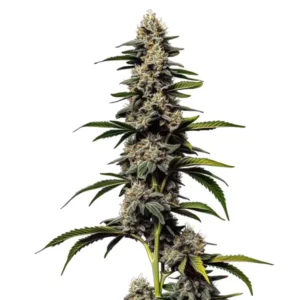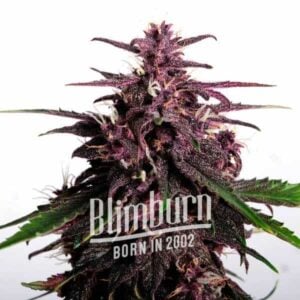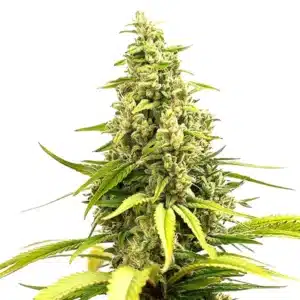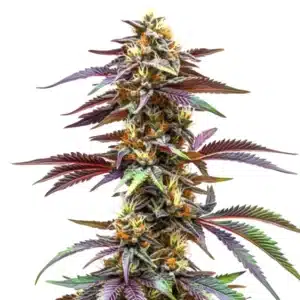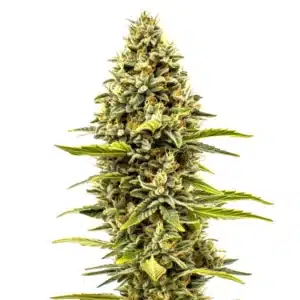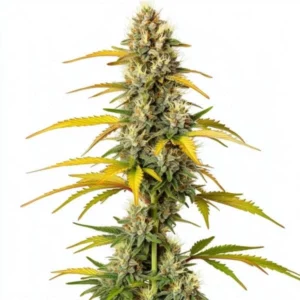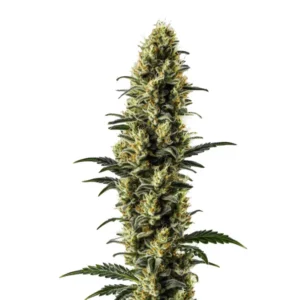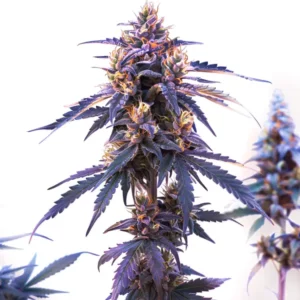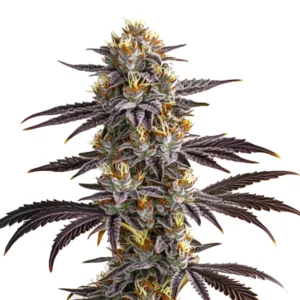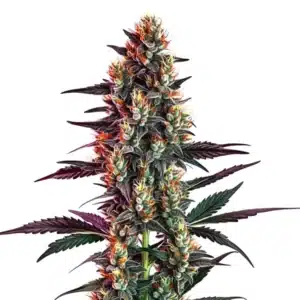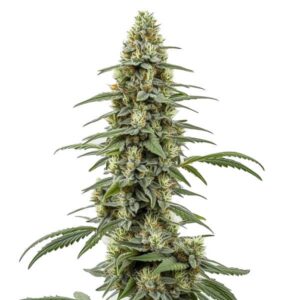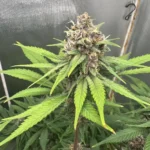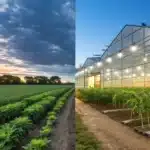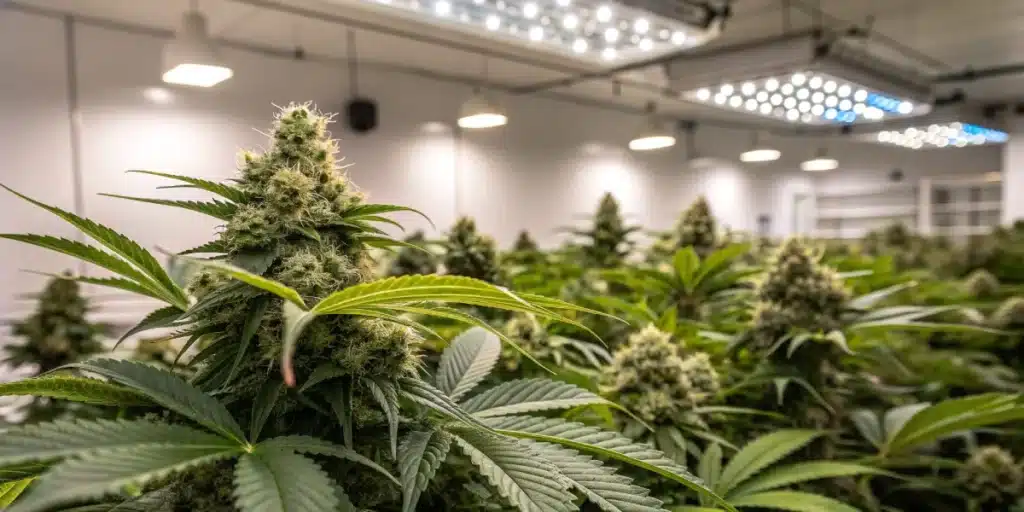
What Is Indoor Weed? A Beginner’s Guide
Defining Indoor Cannabis
Controlled Environments
“Indoor weed” describes cannabis that’s grown inside a carefully controlled environment, typically in a grow tent or dedicated room, using artificial lights and systems to regulate temperature, humidity, and airflow. This indoor setup gives cultivators full control over the growing conditions, helping them maximize both the plant’s health and final quality.
Indoor weed refers to cannabis plants cultivated within a controlled environment, typically inside a building, tent, or sealed grow room. For many growers, learning how to manage a cannabis plant indoor provides total control over quality and environment. This method allows growers to manage variables such as light exposure, temperature, humidity, air circulation, and nutrients. The goal is to create a stable, ideal climate that maximizes plant development throughout every growth stage.
Recommended Strains
Animal Cookies
-
THC: 22% - 27%
-
Type of seed: Feminized
-
Phenotype: 50% Sativa / 50% Indica
-
Flavor: Earthy, Nutty, Sweet
-
Day to flower: 9 - 10 weeks
Alien Cookies x Kush Mints
-
THC: 33% - 34%
-
Type of seed: Feminized
-
Phenotype: 20% Sativa / 80% Indica
-
Flavor: Earthy, Vanilla
-
Day to flower: 8 - 10 weeks
One of the biggest benefits of growing cannabis indoors is that you’re not at the mercy of the seasons or unpredictable weather. There are no cloudy days, unexpected storms, or strong winds that could harm your plants. Indoors, it’s always sunny and calm a perfectly recreated natural environment designed for peak performance. This consistency allows growers to run multiple harvests per year, maintaining quality and maximizing return. Indoor setups are especially popular in urban areas where outdoor growing isn’t feasible.
Consistency and Quality
Indoor weed cultivation is not just about growing cannabis; it’s about producing consistent, high-quality flowers with reliable cannabinoid and terpene profiles. So, what is indoor flower weed exactly? It refers to cannabis buds grown in completely controlled indoor environments, known for their purity and potency. When plants are nurtured in a stable environment, growers can avoid many of the external threats that affect outdoor crops like droughts, storms, or pest infestations.
This precision results in weed that is often denser, more potent, and visually appealing. Many connoisseurs and medical users prefer indoor weed for its reliability in flavor, potency, and cleanliness. Also, indoor growers can dial in their harvest timing by closely monitoring trichome development, leading to ideal maturity and effects. The quality is often at its maximum because all cultivation factors are controlled down to the smallest detail.
Promos & Deals
Advantages of Indoor Growing
Enhanced Potency
Indoor cultivation allows for tighter control over light cycles, which plays a huge role in cannabinoid production. Growers can optimize these cycles to trigger higher resin output and push THC or CBD levels to their full genetic potential. For those aiming to grow top-shelf buds, indoor growing offers an unmatched level of influence over potency.
Additionally, factors like CO₂ supplementation and precise feeding schedules can further enhance cannabinoid concentration. Since there are no cloudy days or unpredictable light changes, plants receive consistent and intense light every day, encouraging maximum THC production. This explains why many cannabis competitions feature indoor-grown entries it’s the go-to method for achieving ultra-potent results.

Better Flavor Profiles
Terpenes are delicate compounds that influence the aroma and taste of cannabis, and they’re heavily affected by environmental stress. Indoors, growers can reduce these stressors, helping plants develop more complete and stable terpene profiles. Temperature and humidity control play a huge role in terpene retention, especially during late flowering and drying phases.
With indoor growing, you can harvest at peak terpene expression, avoid terpene degradation from sun or wind exposure, and preserve those rich aromas and exotic flavor notes that define premium cannabis.
Reduced Risk of Pests and Mold
A sealed indoor environment provides protection from most outdoor pests and fungal threats. Aphids, spider mites, caterpillars, and mold spores are far less common indoors, especially when air intake is filtered and cleanliness is prioritized. However, it’s important to note that without natural predators, pests can spread faster indoors if not detected early. Maintaining strict hygiene and using preventive measures is essential to avoid outbreaks.
Fewer infestations also mean fewer damaged leaves or buds, resulting in a cleaner harvest. And for those growing for medical purposes, indoor weed’s purity is often a major advantage.
What is Indoor Weed: Getting Started
Choosing Your Space
You don’t need a huge warehouse to grow quality indoor weed. Many growers succeed in small grow tents, closets, or converted spare rooms. The key is ensuring your space is discreet, well-ventilated, and light-sealed to prevent contamination or unwanted exposure during light-sensitive phases.
Grow tents are a great entry point. They’re affordable, reflective, and built for optimal air and light control. Make sure the area has access to power outlets and is away from high-traffic zones to avoid constant disruption.
Equipment and Setup
A basic indoor grow setup includes grow lights, ventilation systems (fans and filters), timers, thermometers, and containers filled with soil or hydroponic mediums. LED lights are energy-efficient and ideal for beginners, while HID lights (HPS/Metal Halide) offer more intensity but higher heat output.
Ventilation ensures fresh CO₂-rich air enters the room and stale, humid air exits. This prevents mold and keeps plants strong. A carbon filter is a great addition if you’re concerned about odor control, especially during flowering.
Nutrients and Mediums
Soil is the most beginner-friendly medium, offering a buffer against nutrient mistakes. More advanced growers may explore hydroponics or coco coir, which provide faster growth but require precise feeding.
Most nutrient lines offer two-part solutions for veg and flower stages. Look for high-nitrogen formulas in vegetative growth and high-phosphorus/potassium blends during flowering. Always monitor pH levels to avoid nutrient lockout ideally between 6.0 and 6.5 for soil, and 5.5–6.0 for hydroponics.
What is Indoor Weed: Managing the Grow Cycle
Vegetative Stage
During this phase, plants focus on growing leaves and stems. This is when they develop the structure that will later support heavy buds. The vegetative phase typically requires 18 hours of light and 6 hours of darkness daily. Temperatures around 22–28°C (72–82°F) are ideal, with moderate humidity levels between 50–70%.
Regular pruning and training (like topping or LST) can help create an even canopy and increase bud sites, especially in confined indoor spaces.
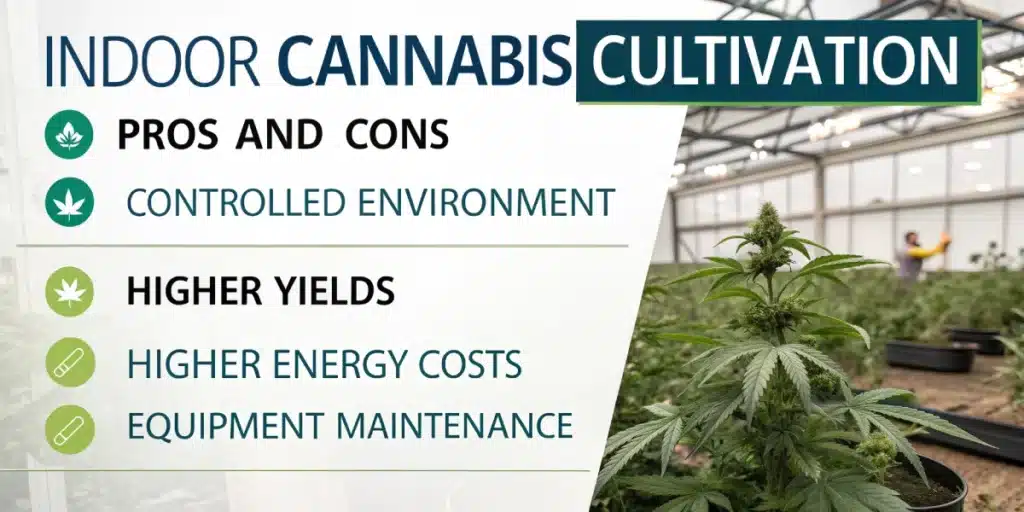
Flowering Stage
Once you switch the light schedule to 12 hours on, 12 hours off, your plants will enter the flowering phase. This is when bud formation begins and your plant’s unique characteristics like scent and color start to shine.
Lowering humidity to 40–50% during this stage helps prevent mold. Many growers also slightly reduce nighttime temperatures in the final weeks to enhance color and resin production.
What is Indoor Weed: Common Mistakes to Avoid
Overwatering and Underwatering
Both extremes can stress plants and reduce yield or potency. Let the top inch of soil dry out between waterings, and avoid letting roots sit in stagnant water. Use well-draining containers and always check moisture levels before watering again.
Ignoring pH Levels
Nutrient uptake is highly dependent on pH. If it’s off, your plants may show signs of deficiencies even if you’re feeding them properly. Invest in a pH meter or reliable test strips to keep things in range.
Insufficient Light Coverage
Not all lights are created equal, and weak light leads to leggy growth and small, airy buds. Make sure your lights cover the full canopy and adjust their height as plants grow to prevent stretching or light burn.
Choosing the Right Strains for Indoor Growing
Beginner-Friendly Strains
Some strains are easier to grow indoors than others. Northern Lights is a classic indica known for its resilience, compact structure, and short flowering time perfect for small grow spaces. White Widow is another indoor legend, offering balanced effects and strong yields with minimal fuss.
Compact and Potent Options
For growers with limited vertical space, strains like Lowryder Auto stay short and manageable while still packing a punch in terms of THC. Autoflowering strains are also great for beginners since they don’t rely on strict light schedules to start flowering.
Strains for Flavor and Aroma Lovers
If you’re growing indoors to develop terpene-rich flowers, consider strains like Z OG, Gelato, or GMO Cookies. These cultivars are famous for their intense aroma profiles and benefit greatly from the terpene-preserving benefits of indoor setups.
FAQs
What is the difference between indoor and outdoor weed?
Indoor weed is cultivated in controlled environments, allowing for consistent conditions and higher quality, whereas outdoor weed is grown in natural settings, subject to environmental fluctuations. However, some growers ask about the difference between greenhouse and indoor weed, since both methods offer some level of environmental control.
Can I grow indoor weed in a small space?
Absolutely! Many successful growers use small spaces, such as closets or tents, to cultivate indoor weed effectively with the right equipment and techniques.
What are the best strains for indoor growing?
Strains such as Northern Lights, Lowryder, and White Widow are popular choices for indoor growing due to their manageable height and shorter flowering times, making them ideal for limited spaces.


